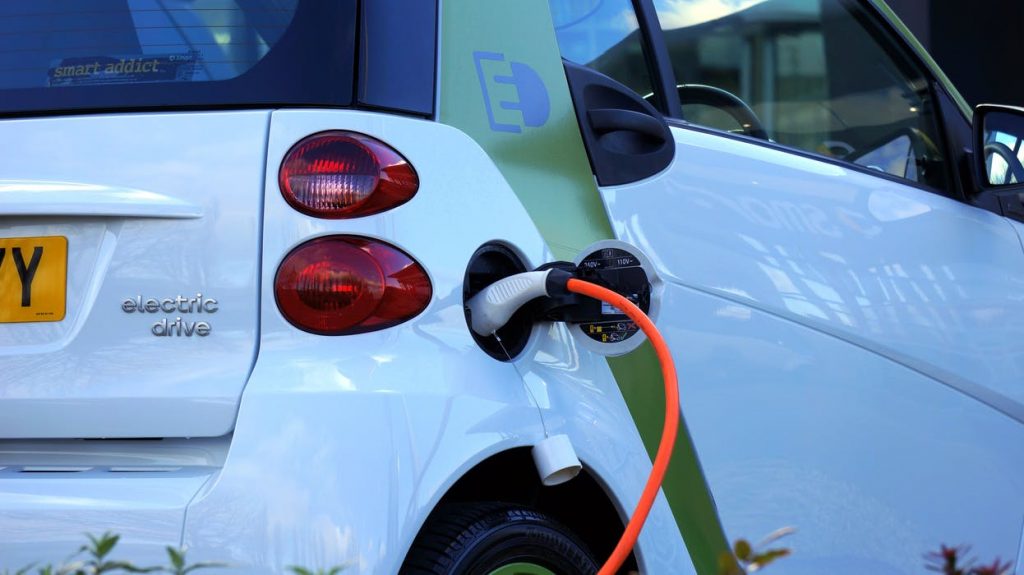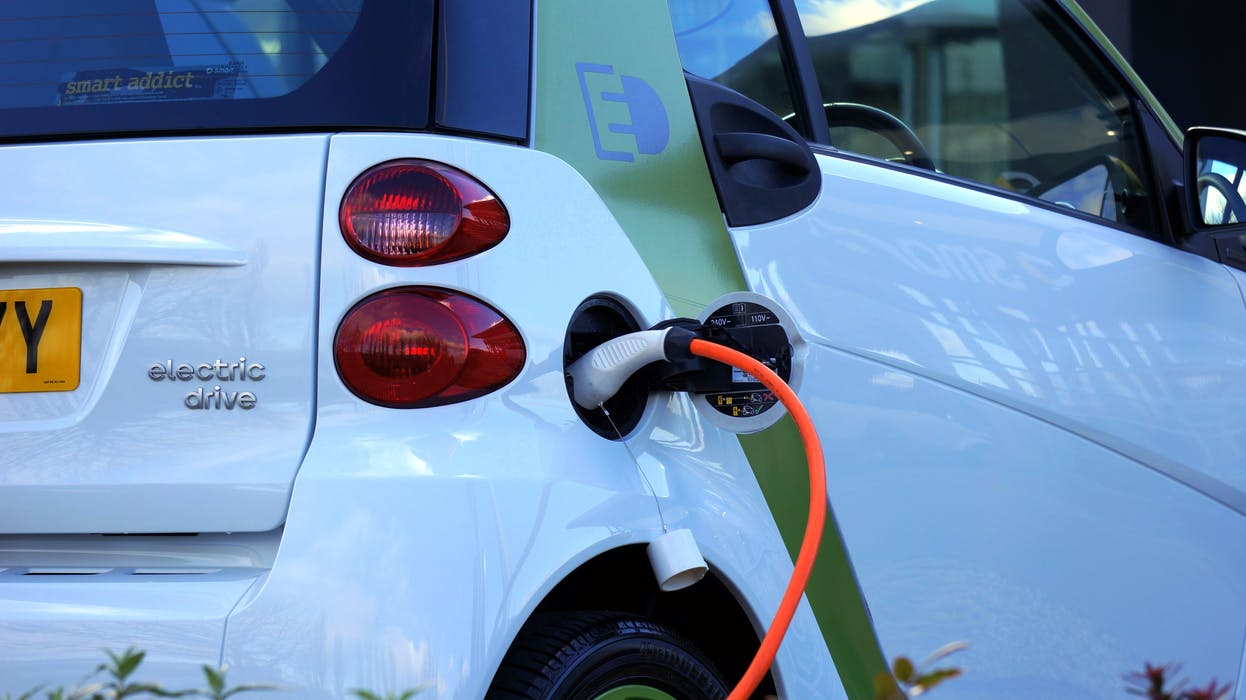
The US is one of the countries with the highest number of motorized vehicles per capita, with a fleet of well over 250 million. With over 80% of the population owning and using a car, it’s clear to see that the environmental impact of these numbers is enormous.
Fortunately, there’s a new trend on the rise – that of electric vehicles (or EVs for short). Foregoing fossil fuels, these vehicles are charged directly through a power outlet, generating no harmful emissions, and offering savings in the long run, despite their higher initial price. From Audi to Volkswagen, almost all popular manufacturers have at least one electric vehicle in their offer, with over 50 models to choose from in total.
But cars are not the only type of electric vehicle available for purchase. Nowadays, people can also invest in e-mopeds, e-bikes, electric scooters, and even electric skateboards. These are all exciting alternatives for those looking to make their transport greener, without having to resort to walking or public transport.
The question remains, however, how much do they actually help in the reduction of pollution?
Well, the answer to that question greatly depends on the type of energy fuelling them in the first place. While electricity allows these modes of transportation to be carbon-neutral, they still use a pretty significant amount of non-renewable energy resources, both in the manufacturing process and during regular charges.
Most electricity in the US is still produced by burning natural gas or coal, both of which are huge contributors to carbon dioxide emissions. Furthermore, they’re forms of fossil fuel, which means that their availability is in rapid decline, with no way of generating new resources. Renewable resources, at least in the US, are still not sufficiently used – at just under 20% of all generated electricity coming from solar, wind, or water power. Although their utilization is rapidly growing, the rate is nowhere near as quick as the planet needs it to be.
Nonetheless, this doesn’t mean that we should skip EVs altogether.
If choosing between a traditional car and an electric one, the latter is definitely going to be the better option. Even though it makes use of precious non-renewable resources, and requires electricity for charging, it still eliminates air pollution in cities, which is becoming a hugely widespread problem worldwide.
Furthermore, there are alternatives to charging a vehicle through your city’s power grid. Tesla, an innovator in the EV industry, has developed a brand new type of solar roof, one that’s not only affordable, but that’s also lightweight and superior in durability to previous models of solar collectors. It can power more than just a car and can be a huge contributor towards switching to greener sources of energy for a larger number of people.
Smaller, two-wheel electric vehicles can also be a great choice for city dwellers, seeing that they require considerably less energy. Additionally, they can also be used without a charge, they are easier to store, and they even encourage physical exercise.
E-bikes, scooters, and skateboards are becoming particularly widespread in European cities, as they offer superior speed and ease of use over their traditional counterparts. Even more, they come with a huge variety of features, so that we can use them for more than just commuting. E-bikes, for example, come in both city and MTB versions, while the popular Boosted lets users choose between stealth, plus, mini, and even scooter versions of their highly-rated products.
Balance is key
If reducing your carbon footprint is high on your list of priorities, the best thing to do will be to combine several eco-friendly modes of transport. Walk whenever you can. Not only is it completely free, but it’s also better for your health and the environment. Alternatively, use a traditional bicycle or skateboard, for when you need to cover greater distances.
If your daily commute is longer, or you want to catch an extra 30 minutes of sleep in the morning (or get back home in time for family dinner), an electric bike, ideally powered by green energy, is the best solution. Skateboards and scooters are good alternatives, but they require greater skill and can be slightly less safe in certain situations.
Lastly, try to limit using your car as much as you can. If you’re the owner of an electric vehicle charged through solar power, you won’t have to give up the luxury, but if you’re still not there, opt for public transport or walking instead.
As we move forward in 2020, the automotive industry is also increasing the number of new electric models to hit the market. With names such as Mini and Volvo joining the race, as well as a brand new Tesla Model Y, there’s surely going to be plenty of EVs to choose from. So, if you can afford one, your choice is probably already made.




